According to the leader of the agricultural sector of Ho Chi Minh City, by 2030 at least 70% of the city's agricultural production will apply high technology to increase land use efficiency.
The opinion was expressed by Mr. Dinh Minh Hiep, Director of the Department of Agriculture and Rural Development of Ho Chi Minh City at the seminar "Current situation and solutions for developing high-tech agriculture in the city until 2030, vision 2045" organized by this agency in coordination with the Management Board of the High-tech Agriculture Park on the morning of October 6.
According to Mr. Hiep, the city government has determined that urban agriculture associated with high-tech applications is the development orientation of the industry in the coming period. The reason is that the land area in the city is increasingly narrow. The urbanization process causes the value of land use to increase. He said that if farmers do not create higher added value, it will be very difficult to keep land for production. Therefore, agriculture must apply high technology.
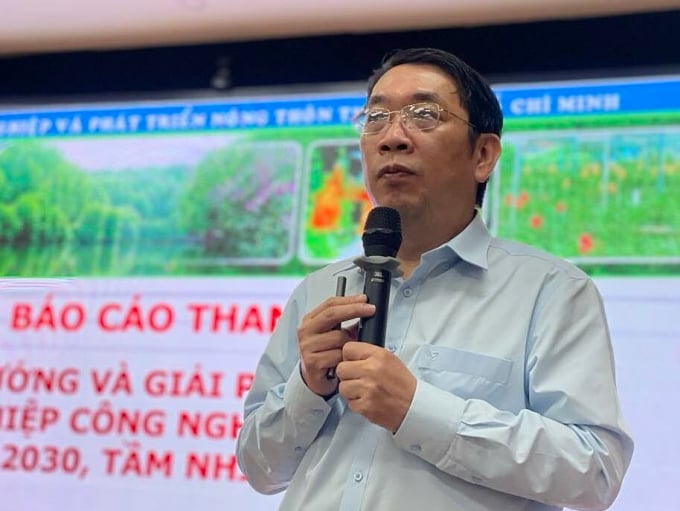
Mr. Dinh Minh Hiep speaks at the seminar. Photo: Ha An
According to data from the Ho Chi Minh City agricultural sector, the area of land used for agricultural activities has been decreasing continuously every year. In the period 2010 - 2015, the city reduced 700 hectares of agricultural land each year. In the period 2015 - 2020, it reduced another 1,000 hectares each year. However, the production value per hectare of land still increased every year. In 2015, the production value per hectare of agricultural land reached 375 million VND per year. In the next 5 years, this figure was 500 million VND per hectare. The city strives to bring the added value per hectare of agricultural land to 900 million to 1 billion VND by 2030.
To achieve this goal, according to Mr. Hiep, the main direction is to focus on developing modern science and technology in agriculture. Ho Chi Minh City aims to become a center for producing high-quality plant and animal varieties. This will both meet the city's needs and supply the southern localities and export to countries in the region, not depending on external sources of seeds. According to Mr. Hiep, the production of plant and animal varieties also needs to focus on adapting to climate change in the current period. "We must apply science and technology to create sources of plant and animal varieties to help agriculture increase added value," he said.
Leaders of the Department of Agriculture and Rural Development of Ho Chi Minh City hope that in addition to state agencies, there should be participation of enterprises and cooperatives in investing in research and production, creating many high-quality varieties, helping to restructure the city's and the southern region's agriculture.
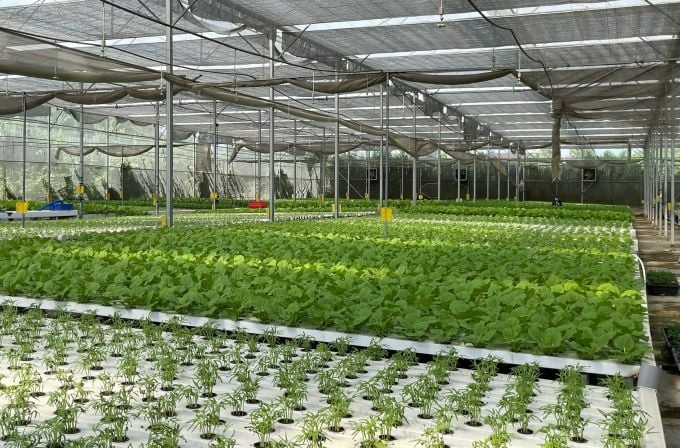
Growing vegetables using the high-tech agricultural model at Tuan Ngoc Cooperative, Thu Duc City, Ho Chi Minh City. Photo: Ha An
Currently, the city has policies to support linkage activities, production and consumption of agricultural products. Units investing in high-tech agriculture, creating linkage chains are supported with infrastructure such as warehouses, equipment, project construction consulting...
With the characteristics of high-tech agricultural models requiring large capital sources, enterprises in the agricultural sector are supported with loan interest rates according to important projects of the city. Agricultural cooperatives and farm owners are also supported with loan interest rates to shift the structure of small and medium-scale crops and livestock.
In addition, according to Mr. Hiep, the city is implementing a model in which farmers are allowed to build temporary structures on agricultural land to serve production and apply technology. However, this form has some problems related to construction procedures, and there is a risk of distortion leading to illegal constructions. "We are working with relevant parties to try to find a solution to this problem," said Mr. Hiep.
The city's agricultural sector aims to create a chain linking farmers, cooperatives and agricultural product supply enterprises towards developing an agricultural logistics chain model for the city. This chain aims to develop trading activities, buying and selling products serving agricultural production such as materials, fertilizers, pesticides, biological products... between Ho Chi Minh City and other localities.
Dr. Dau Thi Mai Lien ( economic researcher) suggested that developing high-tech agriculture should be based on business needs. The State needs to develop research centers, invest in facilities, equipment and have a mechanism to support businesses participating in research in these centers, as well as other financial policies.
Regarding the development of agricultural value chains, Dr. Lien proposed that the city develop some traditional markets such as Binh Dien market (District 8) into commodity logistics centers. The market is systematically invested in goods distribution activities, goods quality control, traceability, food hygiene and safety, building e-commerce platforms... to serve trading activities, promoting inter-regional agricultural development.
Since 2010, the Ho Chi Minh City People's Committee has approved the Project on urban agricultural development in Ho Chi Minh City until 2020, with a vision to 2025.
The focus is on some main objectives such as promoting research, production and services on seeds; applying scientific and technological advances in production; planning seed production areas and high-tech agricultural zones.
Ho Chi Minh City identifies the important role of science and technology, developing high-quality plant and animal varieties, developing high-tech agriculture, and applying biotechnology in production.
Ha An
Source link








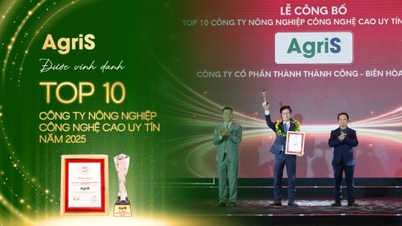

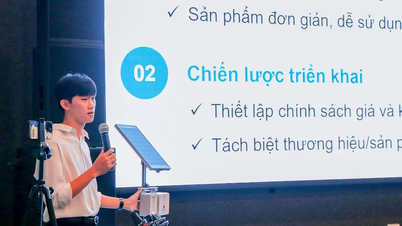

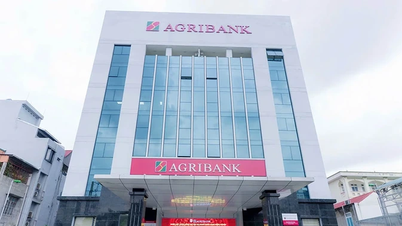

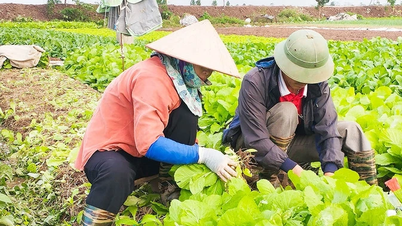
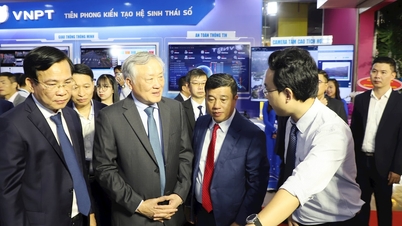

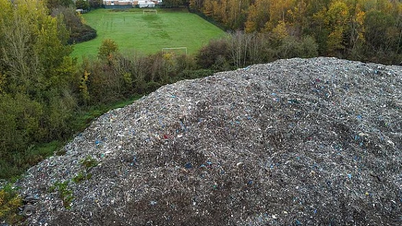

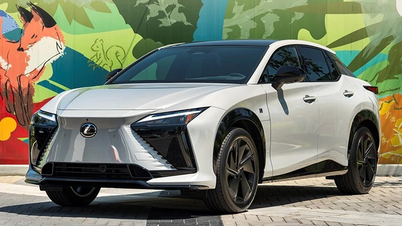
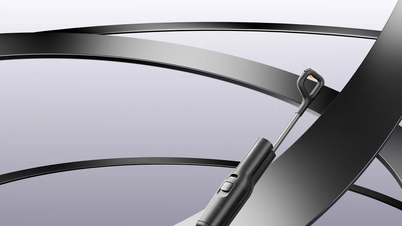

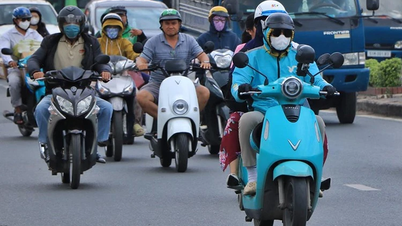
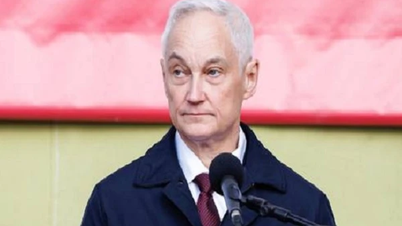





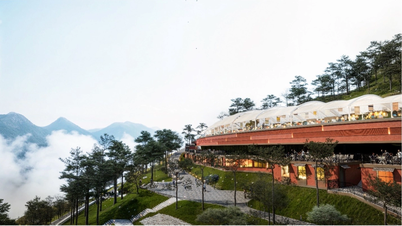
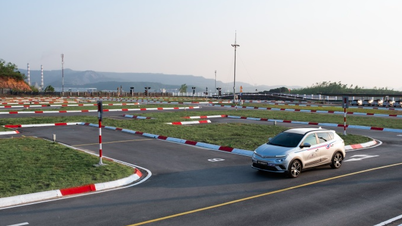

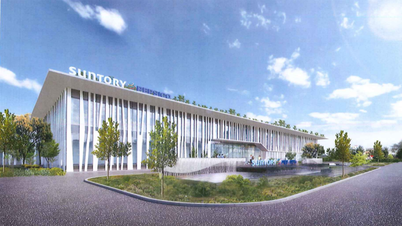


![[Photo] Opening of the 14th Conference of the 13th Party Central Committee](https://vphoto.vietnam.vn/thumb/1200x675/vietnam/resource/IMAGE/2025/11/05/1762310995216_a5-bnd-5742-5255-jpg.webp)
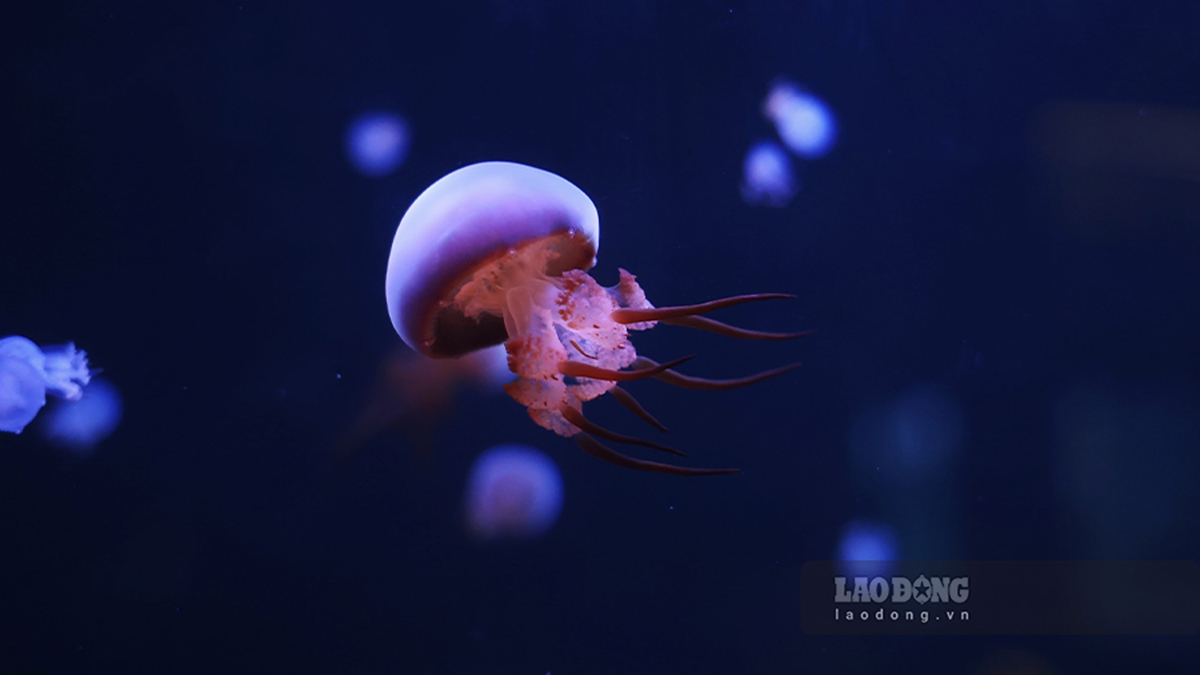




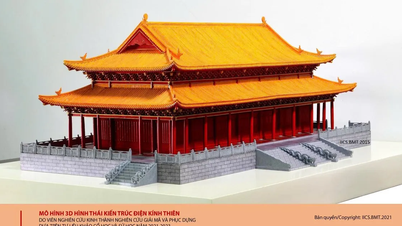



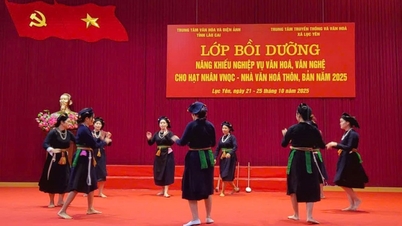
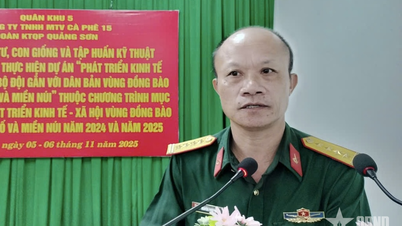



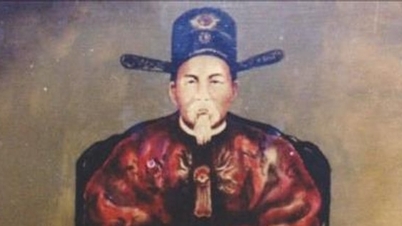
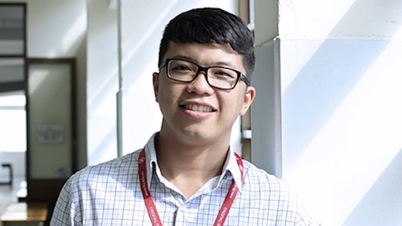





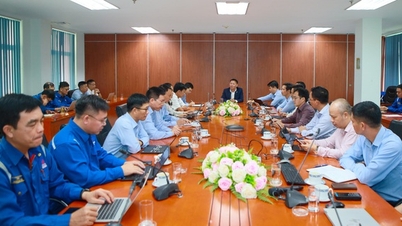

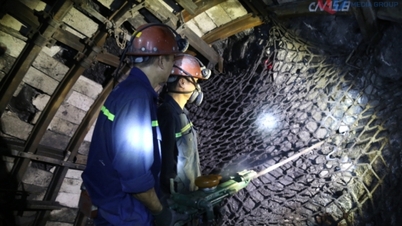

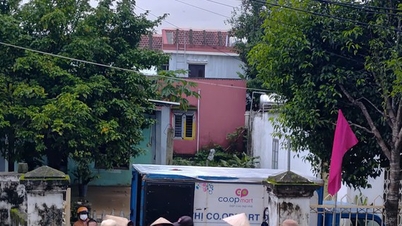
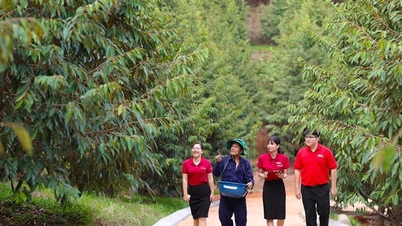



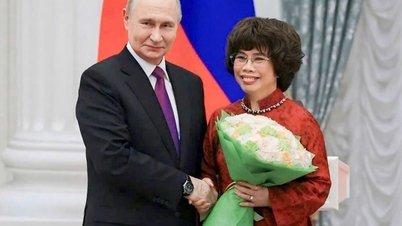







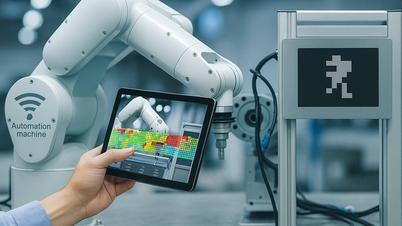



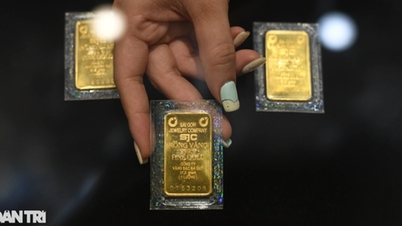

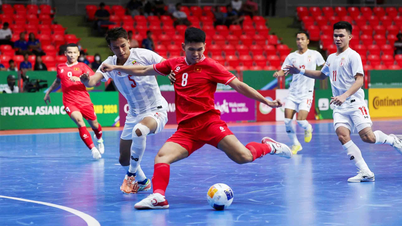

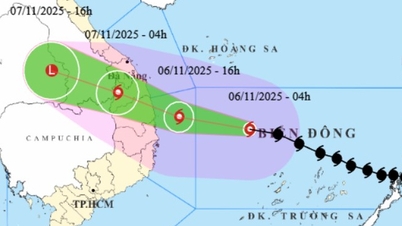

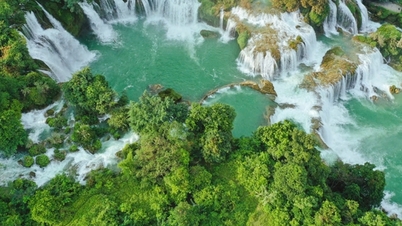

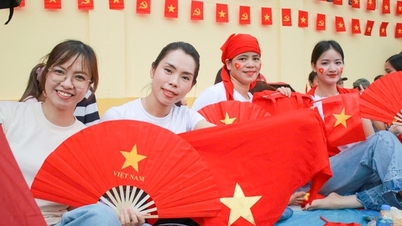


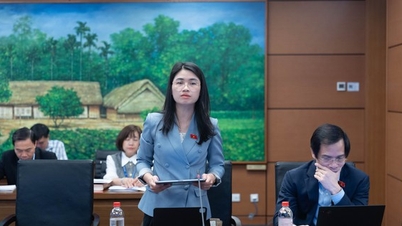

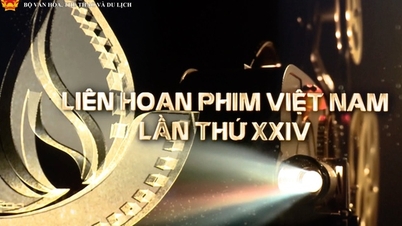
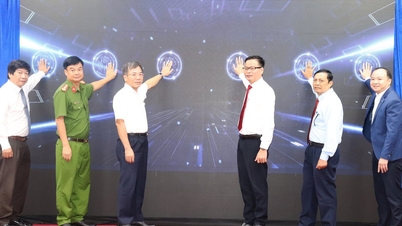


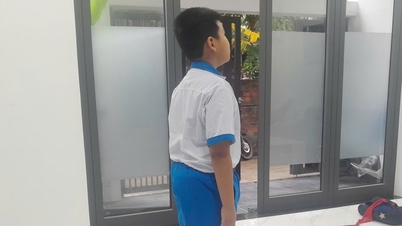
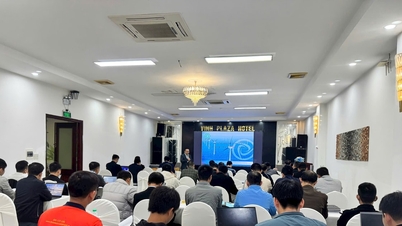

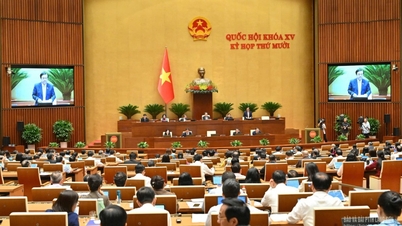

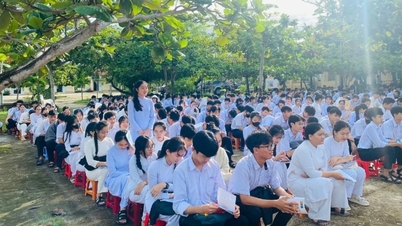
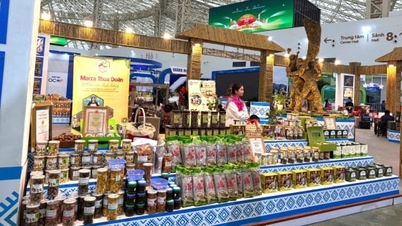













Comment (0)